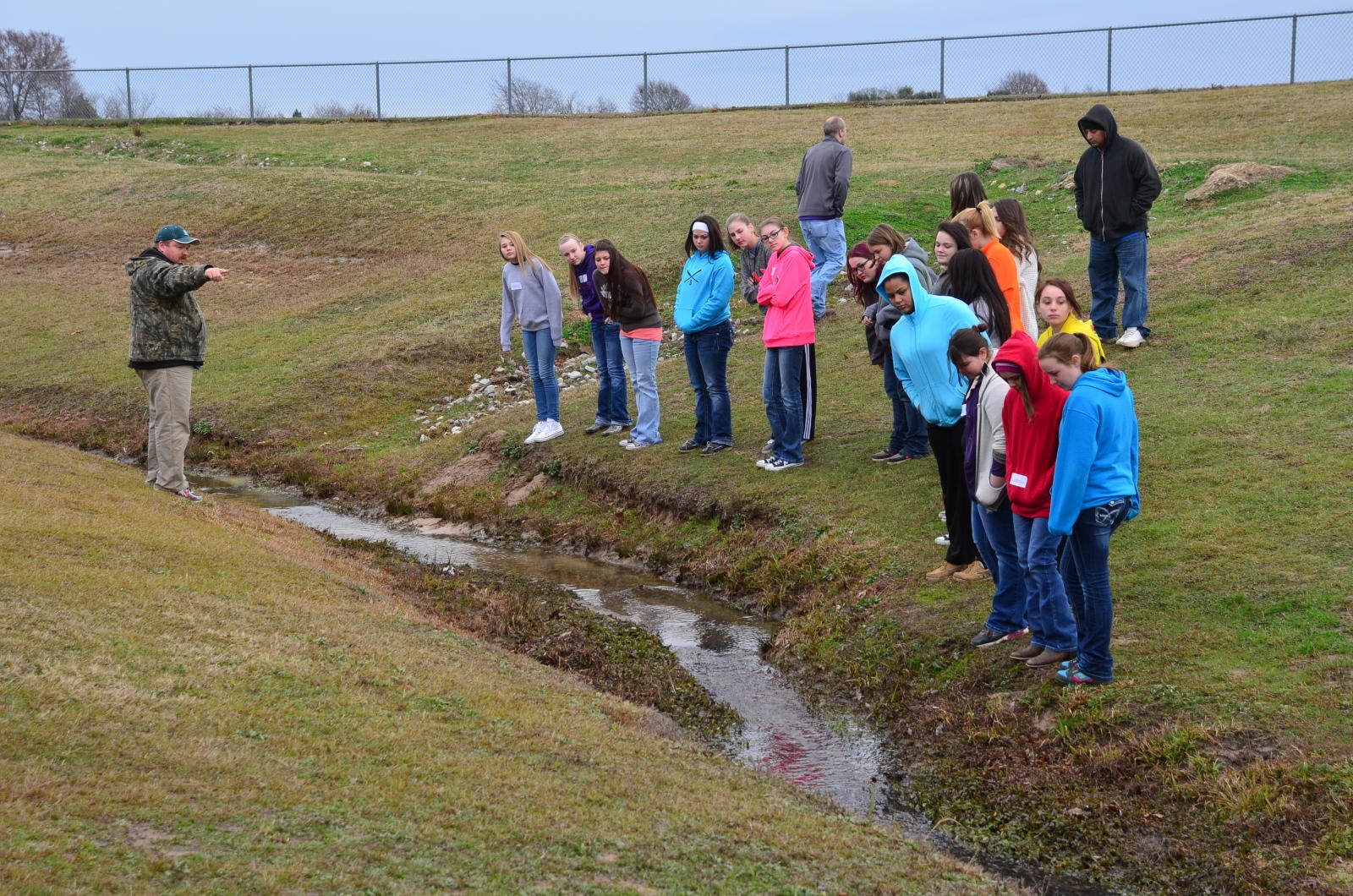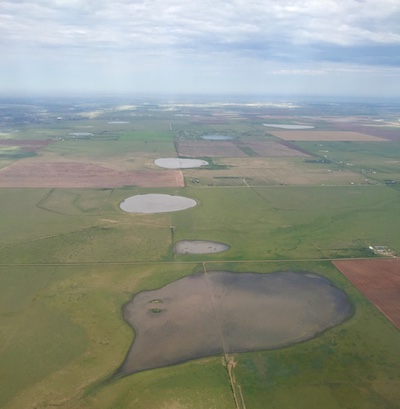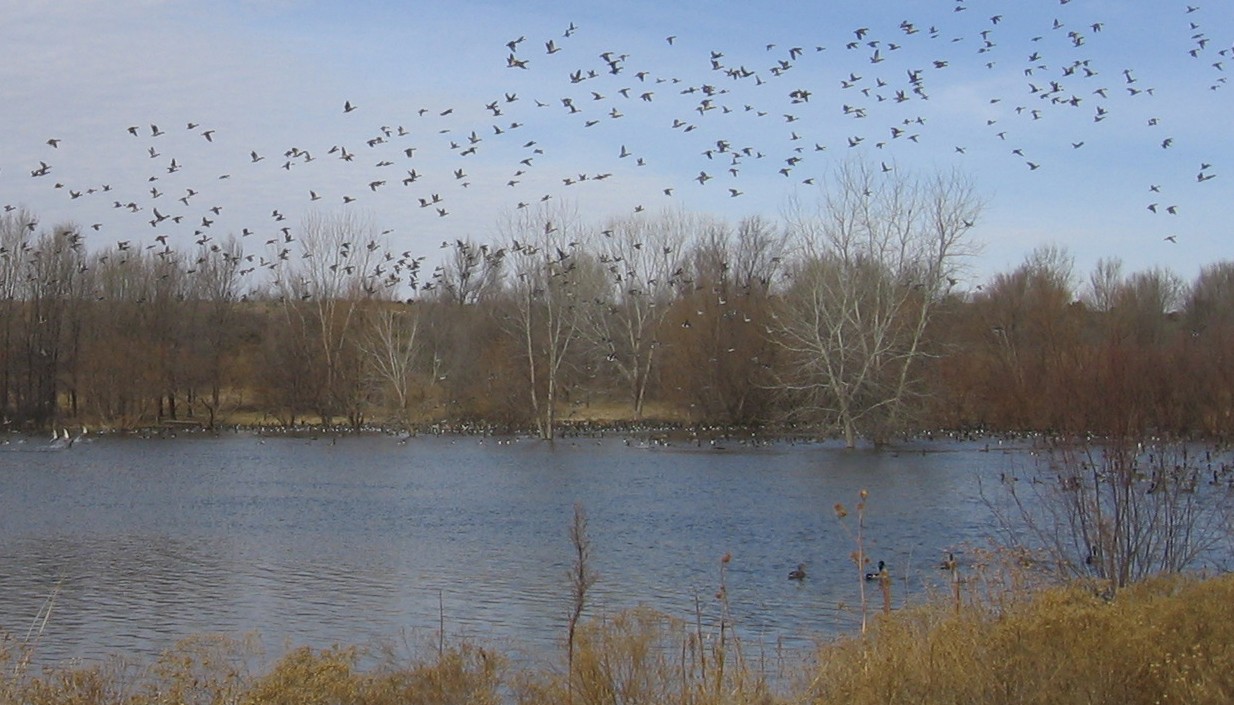Not Your Grandpa’s Life Jacket
Tuesday, May 22nd, 2018This is Passport to Texas
Once upon a time, in the not so distant past, personal flotation devices were like big orange clown collars.
Those of us that are a little older, we always remember that bright orange collar lifejacket that would hang around your neck when you were a little kid. Those are a thing of the past.
And Tim Spice should know. He oversees boater education for Texas Parks and Wildlife.
Right now, there’s thin, lightweight inflatable lifejackets that look like a little belt pack Or, one that you put around your neck like a scarf. [They have] a lot of buoyancy; more buoyancy that your traditional type III lifejacket that you might see a water skier wear.
Wearing lifejackets is more than a good idea, it’s the law.
So, we recommend that everyone wear a lifejacket when they’re on the water. But the law states that if you’re under 13 years of age, and you’re underway that you have to wear a lifejacket. Other than that, the law states: readily accessible, which means you want to be able to get it quickly in an emergency. The one thing that people forget is: in an emergency people start to panic, and they try to grab a lifejacket, and then it’s very difficult to put a lifejacket on in the water.
Find information on choosing the right lifejacket for you on the Texas Parks and Wildlife website.
The Sport Fish Restoration program supports our series.
For Texas Parks and Wildlife, Cecilia Nasti.







 Passport to Texas is a
Passport to Texas is a  Passport to Texas is made available by:
Passport to Texas is made available by: